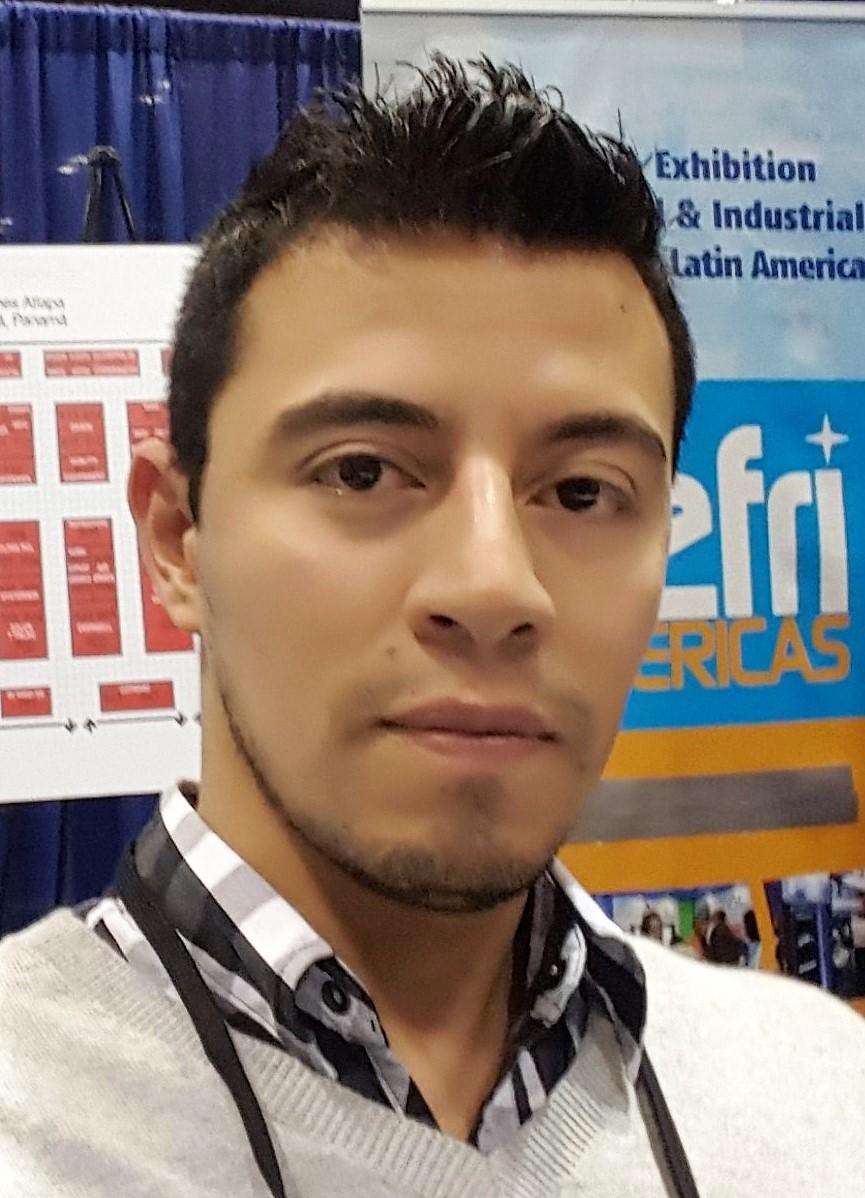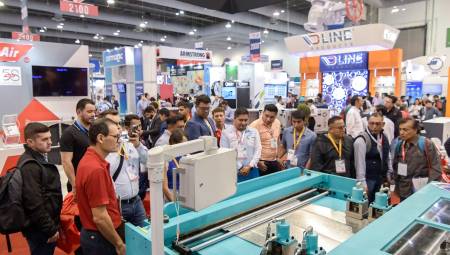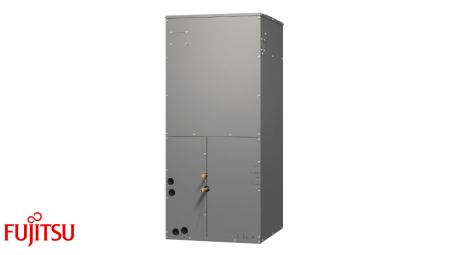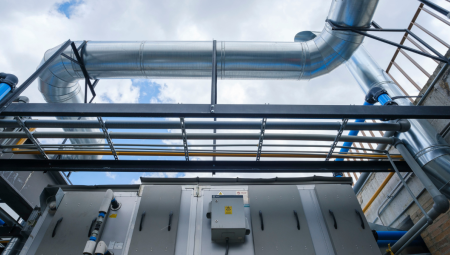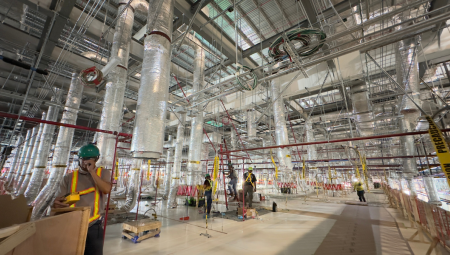D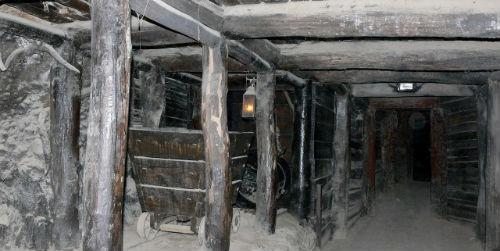 learns how ice cooling in these types of spaces allows for more sustainable productivity and consolidation of profits.
learns how ice cooling in these types of spaces allows for more sustainable productivity and consolidation of profits.
by Pierre Brisset*
The first part of this article looked at heat problems in underground facilities and mine cooling, and discussed the reasons for including ice in the global strategy for cooling. In addition, a review was made of ice cooling systems and their benefits. We continue now to highlight the advantages of ice for this kind of space.
Advantages of ice over water: One of the main benefits of using ice instead of water is the reduction of mass flow and, consequently, the volumes of water that must be pumped to the surface after cooling.
Ice is pure cooling energy. Thanks to its unique latent heat of fusion, (ability to absorb heat as it melts), a given mass of ice provides much more cooling than the same amount of water. While a liter of water absorbs 4kj/K, a kg of ice absorbs 333kj as it melts (from -0°C to +0°C). Introducing ice into the mine shaft, therefore, allows to reduce the liquid mass that must be returned to the surface.
Another advantage is the lower heat loss while the cooling medium is traveling from the surface to the recess. Cooled water absorbs 5 degrees per 1 km traveled underground. The water is already warm when it reaches the lower levels. In contrast, the ice falls in a few seconds, with only a minimum of heating and melting (heat intake is in the range of 10 kJ/kg/1000 m). After thawing, melt water is still colder than any water introduced from the surface.
Our first example is taken from a mine that needed to combat a thermal load of 15 MW by introducing water at 5°C into an underground dam located 2,000 meters below the surface. We will evaluate the savings in pumping energy that can be achieved by replacing water with ice.
1-Required water flow
First of all, the increase in the temperature of the water in the vertical tube should be taken into account. In practice, water at 5°C introduced from the surface reaches the cold sink at a temperature of approximately 13°C.
If water is supplied at 13°C to the underground dam and if it is returned at 25°C, then the mass of water flow (Mw) needed to fight a heat load (Q) of 15 MW is 299 L/s (1). To perform the same task, the flow of ice mass needed (Mi) is only 36 Kg/sec (2).
In other words, if ice is introduced from the surface, only 3,100 tons/day need to be pumped again instead of 25,800 tons of water.
2-Savings in pumping energy
The required pumping power (P) is a function of the mass flow (M), the elevation (H) and the efficiency of the pump (ƞ), according to the following formula P = M x H/(367 x ƞ).
Where:
- P is expressed in kWe,
- M in m³/h,
- H is the water column in m,
- ƞ is the water column in m, x ƞ). 367 x
- 367 = 3,600 seconds in an hour/g : 9.81
Therefore, the power requirement if ice is introduced from the surface will be 940 kWe (3), instead of 7,820 kWe (4) using water.
The power savings are 6,880 kWe and the annual energy savings correspond to 59,443 000 kWh. At $0.07/kWh, the annual savings represent more than $4 million.
Surface Ice Cooling System: In the following example, a 1,200-ton ice system was installed next to the wellhead and commissioned in less than a month.
The company employs 3,800 people and performs extractions at a depth of about 2,400 meters, where the temperature of the virgin rock can reach 50°C. The mine operates three shifts with a permanent presence of hundreds of underground miners, who depend on refrigeration. Without proper air conditioning it would not be possible to stay underground for a long time.
Ice is produced on the surface and introduced into the heart of the mine at a depth of 1,800 m, to maintain a large reservoir of cold water at 10°C. This 2,000 m³ underground dam allows the working environment, tools and equipment to be cooled to a temperature well below the wet bulb temperature of 27°C.
By replacing water with ice, the mine could decrease the mass flow sevenfold. The estimated savings are more than 10 megawatts in pumping power, which is equivalent to $7,000,000 per year.
The following graph illustrates a typical ice cooling system**.
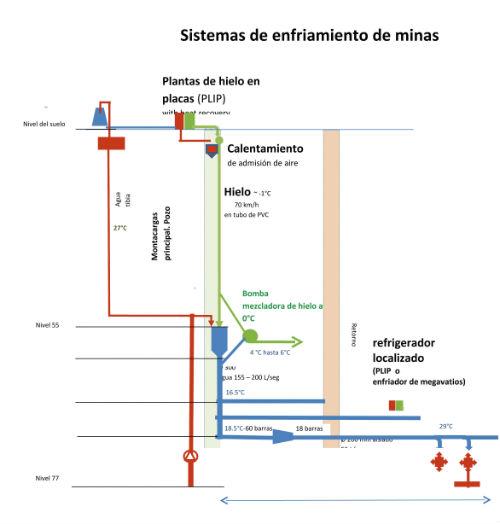
Figure 1.
**It is important to note that the illustration shows two possible options that were not implemented in this project: a heat recovery system to heat the upper portion of the mine (for cold countries) and an ice mixer to pump liquid ice along the drags to the recess.
Ice made on the surface falls down the well to the groundwater dam. It cools the water below 10°C, which is then distributed from the dam to the underground workplaces. The mud is separated from the water at the lowest part of the mine.
The hot water is redistributed to the ice water dam, where it is re-cooled with new ice and redistributed again. The excess water is pumped to the surface to be cleaned and again refrigerated and frozen.
It is important to note that in this project the ice was not pumped past the cold sink. However, if a mixture of ice and water at 0°C is required, they could be mixed in a mixer, with an ice-to-water ratio of 20/80% and this mixture can be pumped at a greater distance, to the workplaces.
The concept of ice cooling returns to mines: Until recently, applications of ice in mines had been minimal. It had been used exclusively in extremely deep mines, such as the 4 km deep M'poneng gold mine, the deepest in the world. In fact, until recently, the construction of these large ice factories posed serious technical problems.
They are now much easier to install and operate in a fully automated way.
Today large ice factories are composed of several identical and modular ice plants. Each plant has a capacity of approximately 220 tons/day (1.2 MW). The plants are integrated into ISO containers. They are resistant to weather conditions, so it is not necessary to build additional structures. Thanks to standardization and size reduction, the assembly and commissioning times of giant ice factories are radically reduced. A 220-tonne plant can be put into service on a given project in as little as two weeks. Similarly, each plant can be easily relocated at the end of the project. It is possible to incorporate more plants progressively, as needed, to build a larger ice factory of several megawatts
The plants operate 24 hours a day, 7 days a week, and the maintenance required is minimal. Modern ice plants are optimized to operate with high evaporation temperatures that require a high coefficient of yield (COP). Each unit of electrical energy consumed generates three times more cooling energy.
Consequently, it is becoming easier to build and operate surface ice factories, while pumping water becomes increasingly expensive. These technical improvements make ice cooling systems economical from level 33 (approximately 1,000 m deep).
Footer :
1. Water mass flow: The calculation of the required body of water flow, Mw, is established by a simple equation: Mw = Q/Cw x ∆t, where ∆t is the temperature difference between the water supplied and the return water. The required flow Mw is (15 x 10⁶)/4187 x (25 – 13). Mw=299 Liters/sec.
2. Ice mass flow: With ice, the equation takes into account the latent heat of ice melting and becomes Mi = Q/ (Li + Cw x ∆t,). Representing the heat loss of 20 j/Kg/1000m (, Mi = Q/ (Li-20 + Cw x ∆t,). The calculated ice flow is (15 x 10⁶)/(313 500 + 4187 x 25). Mi = 36 Kg / seconds. (Duván, this comma here is a rare thing, I don't know if it will be a typo.)
3. Power requirement (ice) : Pi = 129 x 2000/367x 0.75. = 940 kWe
4. Power requirement (water) : Pw = 1076 x 2000/367x 0.75. = 7 820 kWe
* Pierre Brisset is a representative of the company KTI Ice Applications, he can be contacted by email: [email protected]


